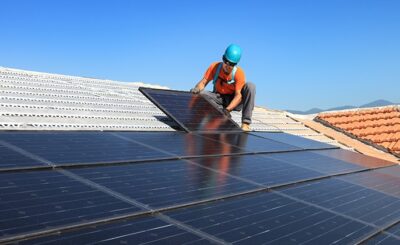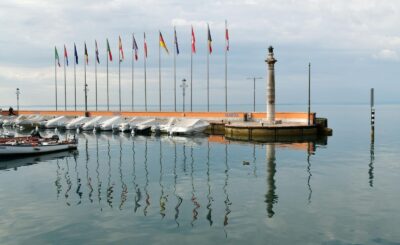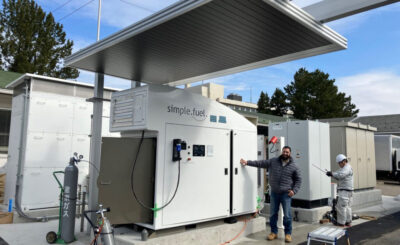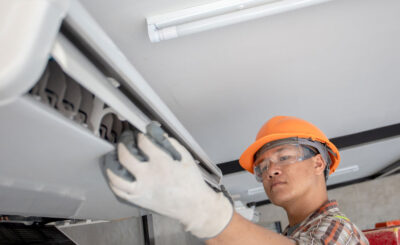AC units provide cooled air in the summer and heated air in the winter. In this blog post, you will get to know it’s functionality and the different components that make up an AC unit.
Many people wonder how do AC units work? Well, it’s working by transferring heat from one area to another. This is done by using a refrigerant that changes the state from liquid to gas and back again in order to move the heat. The compressor, condenser, expansion valve, and evaporator all make an AC unit work. Let’s understand this in detail,
How Do AC Units Work?
AC units work by using a refrigerant to cool air and then circulating that air throughout your home. The refrigerant is compressed and circulated through a closed-loop system of coils and a compressor. As the refrigerant evaporates, it absorbs heat from the air around it, cooling it. The cooled air is circulated back into your home through a series of ducts.
There are two main types of AC units: central air conditioners and window air conditioners.
- Central Air Conditioners
These larger units are generally used to cool larger homes or commercial buildings. They are usually installed as part of the HVAC (heating, ventilation, and air conditioning) system.
- Window Air Conditioners
These are smaller units that can be used to cool a single room or small space. They are easy to install and can be placed in a window or through an exterior wall.
There are two types of refrigerant: R-22 and R-410A.
R-22 was the most common type of refrigerant used in AC units, but it is being phased out due to its harmful environmental impact. R-410A is the new industry-standard refrigerant and does not damage the ozone layer.
AC units also have two main components: the condenser and the evaporator.
Condenser
The condenser is responsible for releasing the heat that the refrigerant has absorbed. It is usually located outdoors, and it releases heat through a process of condensation.
Evaporator
The evaporator is responsible for absorbing the heat from the air inside your home. It is usually located indoors, and it does this by evaporating the refrigerant.
AC units are powered by electricity and use a lot of it. Cooling your home with an AC unit can account for up to 50% of your electricity bill in the summer. However, you can do a few things to minimize this cost, such as using a programmable thermostat and getting an annual tune-up for your AC unit.
If you’re not using your AC unit, turn it off so you’re not wasting electricity. And if you’re going to be away from home for an extended period, it’s best to turn off your AC unit altogether.
Conclusion
AC units are an important part of summer but can also be a mystery. Now you’ve got knowhow do AC units work and explained some basics of how these machines cool your home. Now that you know a little more about them, hopefully, you’ll be able to troubleshoot any issues and stay cool all season long.








